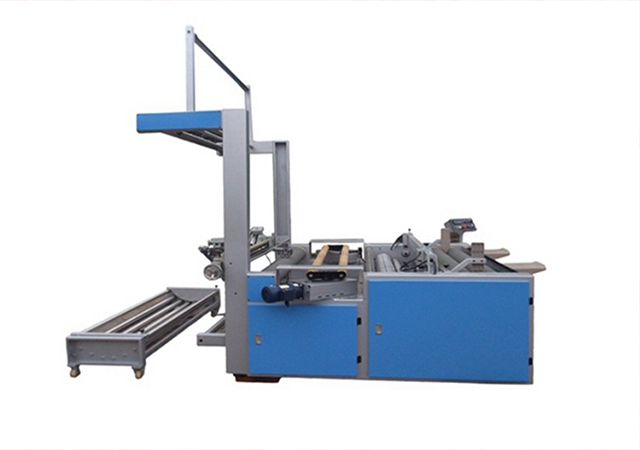Fabric cutting plays a crucial role in ensuring the quality of the final apparel, and selvage cutting is a key aspect of this process. Selvage, often caused by protruding warp yarns or defects in non-woven fabrics, can impact the overall quality of the fabric roll. To address this issue, garment factories prefer using a fabric cutting machine for selvage cutting before fabric inspection.
Reasons for Fabric Selvage Generation:
(1) Residues of previous weft threads on the shuttle or on the shuttle box are brought into the shuttle during weaving.
(2) The cutter of the selvage brace is worn out or improperly installed.
(3) Improper placement of the selvage brace prevents the selvage cutter from cutting the weft thread in time.
(4) When the projectile is pulling the weft thread, if the hook needle adjustment is incorrect, the hook needle is bent or worn, the shuttle opening is too large or closes too late, the hook needle cannot catch the weft thread, causing it to protrude outside the fabric edge. Improper adjustment of the fabric edge yarn clamp causes it to fail to hold the weft thread. Weak braking force of the weft yarn brake or improper adjustment of the projectile brake causes excessive weft yarn to be carried by the projectile, and the length of the tension rod that tightens the weft yarn is limited, resulting in excess weft yarn protruding outside the fabric edge.
(5) When the air-jet is pulling the weft thread, insufficient tension in the selvage yarn affects the grip on the weft yarn. Poor clamping of the yarn clamp and improper positioning of the selvage yarn in the reed cause the selvage yarn to fail to catch the weft yarn. The last set of auxiliary nozzles has incorrect angles or jetting times, causing the length of the weft yarn to be uneven.

Solutions for Fabric Selvage in Garment Factories:
Clothing factories employ different processing methods to ensure a neat and attractive appearance of fabrics with raw edges. These methods include cutting, binding, folding, and fusing. The choice of method depends on factors like fabric material, desired appearance, and usage scenario. Sample testing is recommended to achieve the desired effect in large-scale production.
Fabric Cutting Methods:
The article outlines three fabric cutting methods: manual cutting, semi-automatic cutting, and fully automated cutting. While manual cutting is versatile but time-consuming, fully automated cutting using computer-controlled machines is precise and efficient.
Main Types of Fabric Cutting Machine:
The article introduces three main types of fabric cutting machines: laser cutting machine, waterjet cutting machine, and ultrasonic cutting machine. Each type has its advantages, with ultrasonic cutting machines offering benefits like preventing fraying and unraveling of cut edges.
ST-USCM SUNTECH Ultrasonic Fabric Cutting Machine:
The focus shifts to SUNTECH's Ultrasonic Fabric Cutting Machine, a versatile tool designed for cutting various fabrics such as polyester and viscose. The machine offers customization options for heat cutting or laser cutting. Key features include an aluminum scroll roller, end-of-fabric-roll stop sensor, full-width fabric inspection, and an accurate length counting system. With a global customer base and a track record of successful customer cases, SUNTECH Textile Machinery is a trusted provider of intelligent fabric cutting equipment to textile enterprises worldwide.
Fabric cutting is a critical step in garment production, and utilizing advanced technologies such as SUNTECH's Ultrasonic Fabric Cutting Machine can significantly enhance efficiency and precision in the cutting process. With a commitment to continuous improvement and customer satisfaction, SUNTECH Textile Machinery remains a reliable partner for textile enterprises globally.




